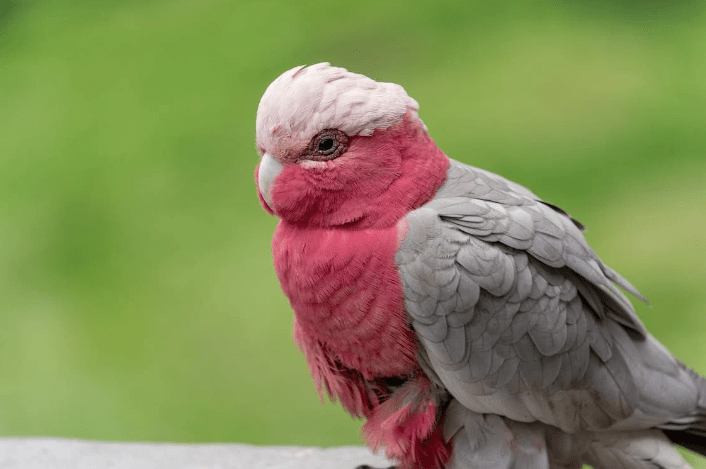The Cockatoo, also referred to as the “velcro” bird, is a loving bird with demanding needs. As a highly sociable bird, it requires long hours of attention and social time with its owner and other birds. This species makes for an excellent house bird not only because of its friendly nature but because of its eye-catching crest. If you want to pet a Cockatoo, make sure to read further!
History
According to Jody Rosengarten, a parrot enthusiast, there are more than 20 species of Cockatoos in the world, each possessing their own personalities, habits, and behavior, but they are all highly sociable birds. In the wild, they will forage in large flocks with more than a hundred individuals. Bird pet owners are usually more familiar with a 20-inch-long sulfur-crested Cockatoo, a bird with a narrow golden crest.
Depending on the species, Cockatoos are commonly white and found in eastern and northern Australia, New Guinea, and Tasmania. Some species of Cockatoos have different colorations, such as the Moluccan Cockatoo and Black Palm Cockatoo, which are salmon-colored and black and red-colored, respectively.
Characteristics of a Cockatoo
Average size: Medium, large
Average life span: More than 30 years
Cockatoos vary from medium to large parrots of stocky build. All species have movable head crest, which they can move depending on their mood. They share various features with other parrots, such as their curved beak shape, strong claws, short legs, waddling gait, and zygodactyl feet. Common colorations of this bird species include gray, black, white, and pink.
Cockatoos are deemed emotional and intelligent birds, and many avian fans perceive living with a Cockatoo same as living with a 2-year-old child full of silliness. They are extremely loud birds, shrieking when seeking attention and at certain moments of the day, such as sunrise and sunset. Their vocalizations include alerting other birds for predators, recognizing other individuals, and many more. These birds can learn a few words and phrases.
Caring for a Cockatoo
Your Cockatoo needs a strong, high-quality cage to prevent your pet from destroying it and from escaping. As a playful bird, your Cockatoo will need an appropriate supply of items to chew and destroy. Toys such as brightly colored wood, leather, boxes, and papers can be provided. Cockatoos are more needy than any parrot species, therefore you should always give attention to your pet. You should also promote exercise with play, such as climbing on tree stands out of the enclosure’s cage to mitigate obesity. Keep the cage clean regularly. General precautions such as handwashing after holding your pet bird is necessary. Giving your pet bird a regular shower or misting with water can also lessen feather dust.
A new Cockatoo should not be given non-stop attention. Instead, it should be provided with intermittent attention, lots of toys, and other enrichment opportunities to keep itself entertained. Should you have decided to keep a single Cockatoo, expect to give it ample time and attention. It will be extremely playful and constantly active, so make sure to give it lots of attention. Cockatoos are best kept in pairs—they do not become highly dependent of their owners every time. The only downside is that the noise will be much greater.
Your pet bird may release a white powdery coating on their feathers known as powder down. This dusty coating may be messy, but it is essential to protect your bird’s feathers. However, it can be a respiratory irritant, especially to people allergic to birds.
As a fun-loving, energetic, and sociable parrot, expect to hear excessive loudness. Its noise is the most significant factor in owning a Cockatoo. It can not only damage hearing, but it can incredibly bring stress to you and your neighbors.
When it comes to food, a Cockatoo’s diet consists of a basic large hookbill seed mix with supplements of fruits, vegetables, and sprouted seeds. Fruits and vegetables such as plums, pears, bananas, oranges, lettuce, broccoli, and carrots are great for them. Keep in mind not to feed avocado, as this fruit is toxic to birds. Occasionally, you can provide your pet with protein sources, such as hard-boiled eggs, cottage cheese, canned dog food, and cooked meat bones. Avoid highly seasoned, processed meats. Provide fresh drinking water daily to keep your bird hydrated.

